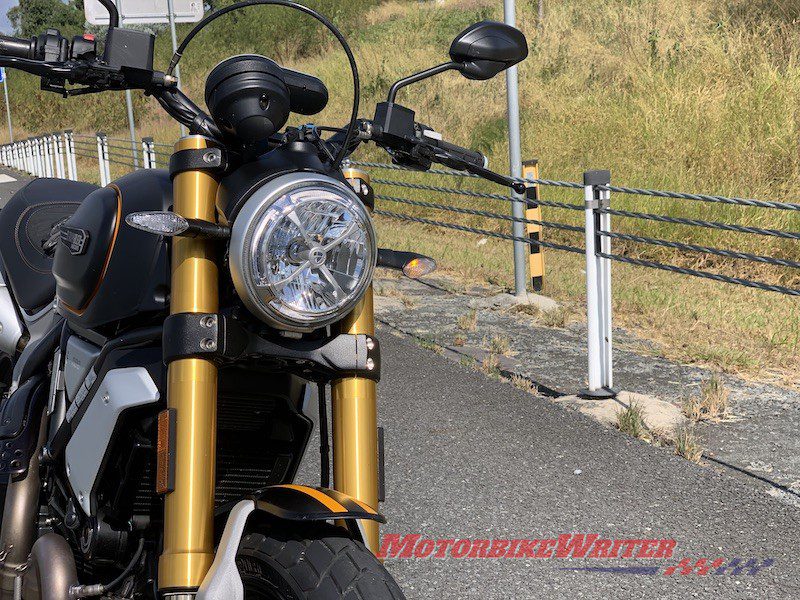While wire rope barriers continue to be rolled out in Australia despite growing anger from riders, Irish authorities have admitted they are potentially dangerous to riders.
UK riders rights The Motorcycle Action Group held a meeting earlier this month with the Northern Ireland Department for Infrastructure who accepted that wire rope crash barriers were effective for larger vehicles, but posed a hazard to motorcyclists’ safety.
This follows a recent Victorian Auditor General’s report that slammed claims about the safety and cost effectiveness of wire rope barriers.
The auditor’s report found there was no evidence to support the claimed safety benefits for motorcyclists and scooter riders.
It also found Victoria’s WRB rollout was almost $100m over budget, over time and under-maintained.
Irish win
MAG Northern Ireland rep Martyn Boyd says there is “much work still to be done, but this is a good step forward”.
Northern Ireland Department for Infrastructure officers told him that regulatory issues and difficulties with alternative systems made it difficult for an immediate unilateral cessation of their use.

“Nevertheless, they understood and accepted our perspective,” he says.
At the end of the meeting, the officers:
- Accepted that wire rope and steel post type crash barriers are hazardous to motorcyclists’ safety in a collision;
- Agreed to actively promote, through Northern Ireland road restraint systems standards, the wider use of much safer motorcycle protection system barrier installations at high-risk locations which are or could be particularly hazardous to motorcyclists; and
- Agreed to work with the local universities on any research projects, with the goal of developing a crash barrier system that is much less harmful to motorcyclists but still effective against twin-track vehicles.
These official Irish and Australian acceptances of the dangers of WRBs represent a significant step in the move to have them banned.
Meanwhile, the potentially lethal barriers continue to be rolled out across the nation.



